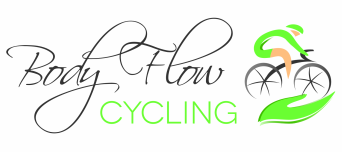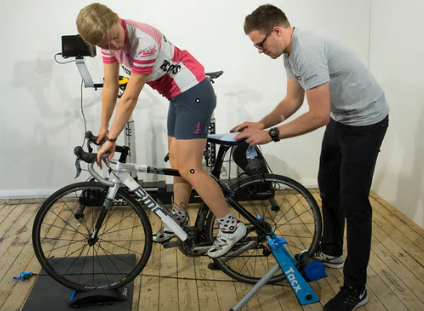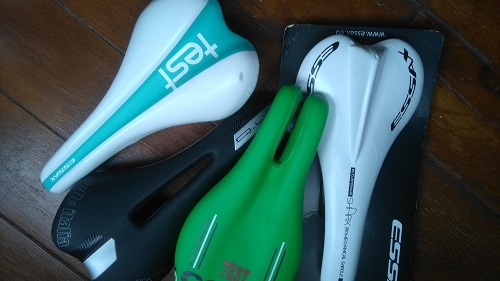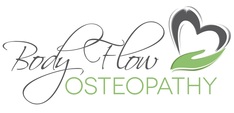Cycling does not mean "born to suffer" and buttock pain does not help you to become a better rider.4/1/2017 After few miles of riding if you perceive pain down your intimate parts or buttock is not a good sign. Also, you may experience pins and needles. After few more miles pain become more intense and you need to stop for a while. In this case you need to take action and do something about it. Improve your ride quality. It is not normal to perceive the above symptoms. Read more on saddle fitting. An interesting story by Helen Pid.
https://www.theguardian.com/environment/bike-blog/2015/aug/05/in-search-of-the-perfect-saddle-aka-when-bigger-isnt-better
0 Comments
It is not rare for cyclists to suffer from discomfort, soreness, pain, pins and needles in the buttock area. One reason for this is that saddle bears the 40%-50% of the rider's weight. Also, humans are unique and all different. All up to say that finding the optimal saddle often is not as performing a calculation, it is more similar to solve a complex equation with many variables. You can enjoy more on this field reading this fascinating article by Jon Iriberri.
https://cyclingindustry.news/bike-saddles-does-the-industry-want-an-easy-answer-to-a-complex-problem/?platform=hootsuite |
AuthorMassimo Monticelli, osteopath intrigued by manual therapies with passion for cycling, biomechanics and bike fitting. Archives
June 2024
Categories
All
|



 RSS Feed
RSS Feed
